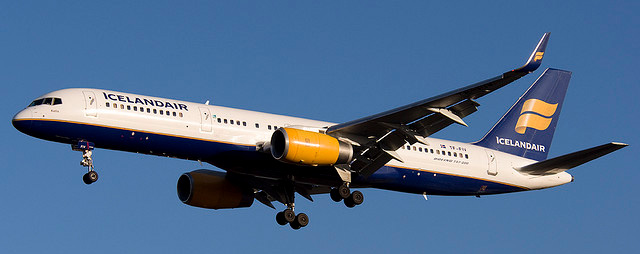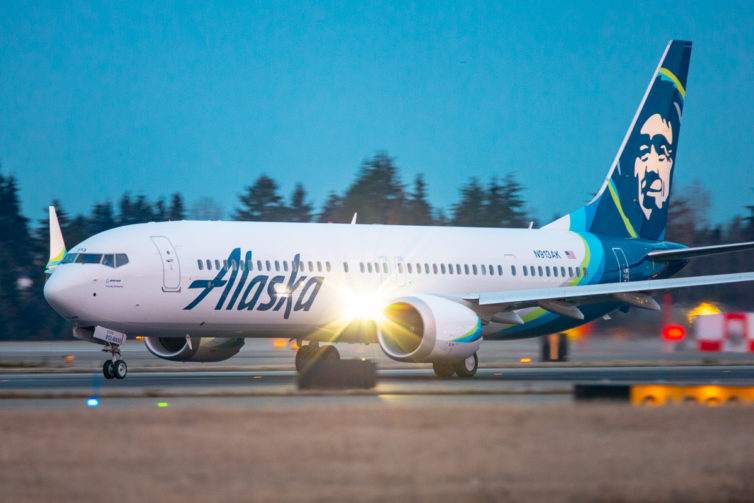
N913AK on its takeoff roll from SEA on its inaugural revenue flight for Alaska Airlines on March 1, 2021 – Photo: Jeremy Dwyer Lindgren
On March 1 at 6:30 a.m., Alaska Airlines’ first Boeing 737 MAX 9 took to the skies from Seattle-Tacoma International Airport on a flight to San Diego. That flight made Alaska the third U.S. carrier to place the MAX into service since the plane’s grounding was lifted at the end of 2020, and it was the first airline to place the plane into service that didn’t receive any of its orders prior to the grounding in March 2019.
What was it like? Alaska did invite the local news media and AvGeek outlets to cover the departure, but the event was tastefully subdued overall. The worst part? Getting up at 2:30 a.m. to get to the airport on time. The best part? The flight itself, of course. As we reviewed back in 2019 before the grounding, the MAX offers a fine passenger experience, even more so now that the tragic issues with the aircraft’s avionics have been sorted and certified.
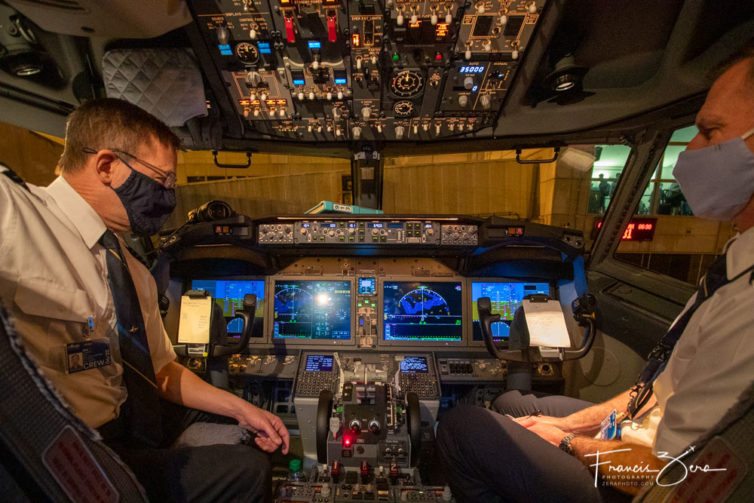
The flight crew consisted of Alaska’s fleet captain and chief training pilot
During the standard preflight passenger briefing, the pilots commented on how much they liked flying the new aircraft, saying that Alaska did 50 hours of proving flights over 19,000 miles with that plane prior to putting it into line service, including several flights for employees. They also noted the MAX’s greater efficiency, saving 15% in fuel costs over the prior model.
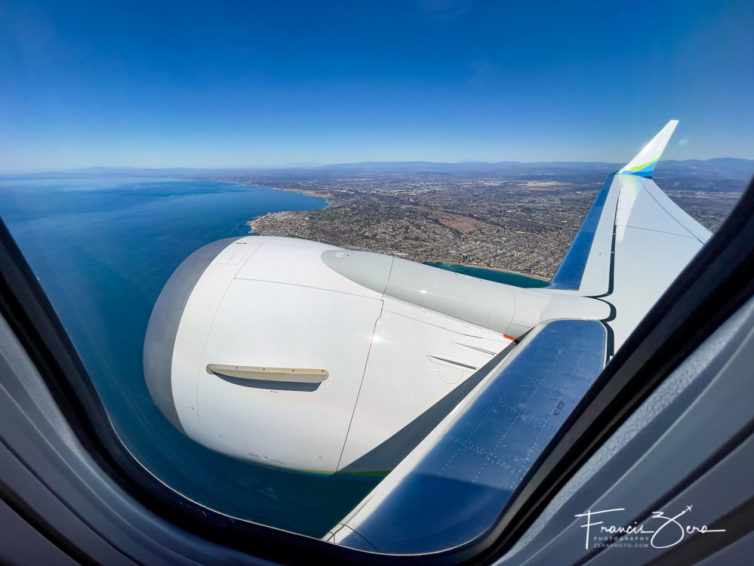
As I experienced on Icelandair’s Max 8, the plane is noticeably quieter in the cabin than the NG-series planes the MAX replaces, even when seated near the engines
I flew in coach, seated in row 13 both ways, in the aisle southbound and at the window back to SEA. If you’re familiar with Alaska’s current 737 NG cabin configurations, the overall layout is the same, save for some nice detail improvements, including additional USB ports that are much more accessible, and a clever device holder in the seatbacks. All in all, the MAX 9 provides a very comfortable and surprisingly quiet passenger experience.
This was my first commercial flight in nearly 12 months, and the biggest change I noticed was how often the flight attendants came through the cabin to pick up trash. Well, that, and there were no hot meals, alcoholic beverages, or poured soft drinks offered – water and soda were dispensed in single-serving cans or bottles.
- A nicely-designed adjustable device holder features prominently on the new coach seatbacks
- Coach-class service during the times of COVID doesn’t look that much different than in times past
- The additional USB port (seen on the right side of the seatback) is far more accessible than the older style, which remain in their original location below the folding tray
Alaska has orders to take delivery of 68 MAX 9s, with options for an additional 52, so the MAX plays a primary role in the airline’s plan to modernize its fleet. Alaska plans to eventually divest itself of most of the Airbus A319/320ceos it acquired as part of its acquisition of Virgin America, coming closer to being an all-Boeing airline once again, although it does look like they’ll hang onto the 10 A321neos in their fleet for now.
The outbound flight to San Diego was quite full, with plenty of AvGeeks and Alaska Air crew in evidence. The return flight was considerably less full, more in line with what I’m told are more normal passenger loads given current COVID concerns.
- At the gate at SEA for an early-morning departure
- Local Seattle news media provided live coverage of the inaugural
- Gotta love those huge overhead Space Bins
Alaska is currently using N913AK on two daily roundtrip routes from Seattle; flights 482 and 539 to and from San Diego in the morning and early afternoon, and flights 398 and 705 to and from Las Angeles in the late afternoon and evening.
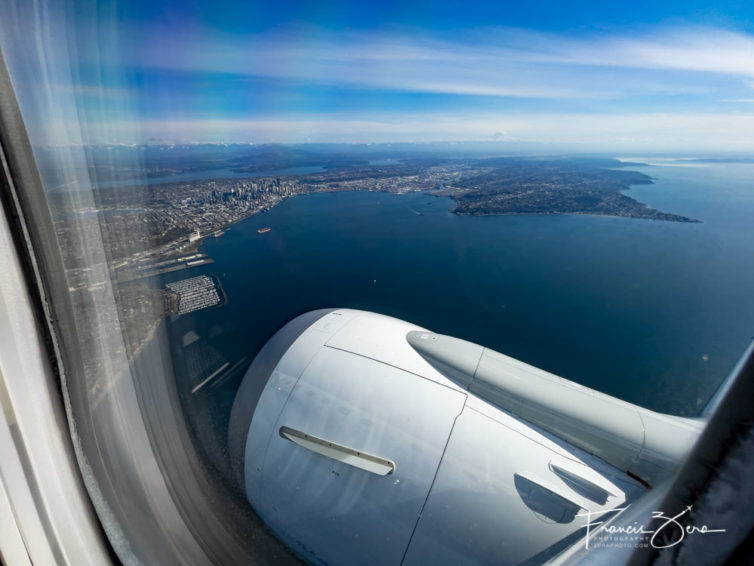
Here we are on the base turn over Elliott Bay in Seattle on the way back to SEA. The MAX’s engines are considerably larger than the NG.
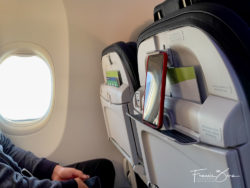
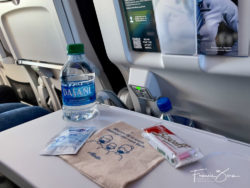
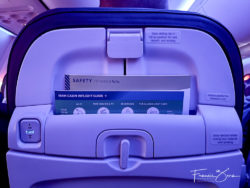
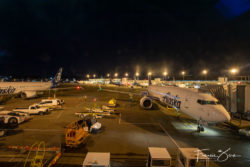
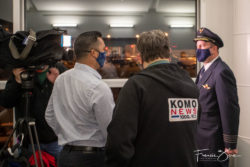
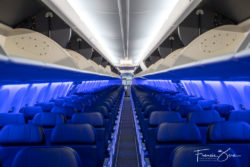
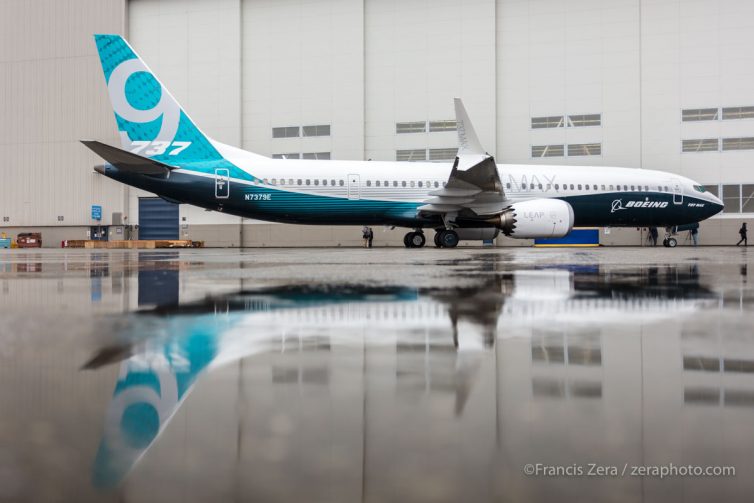
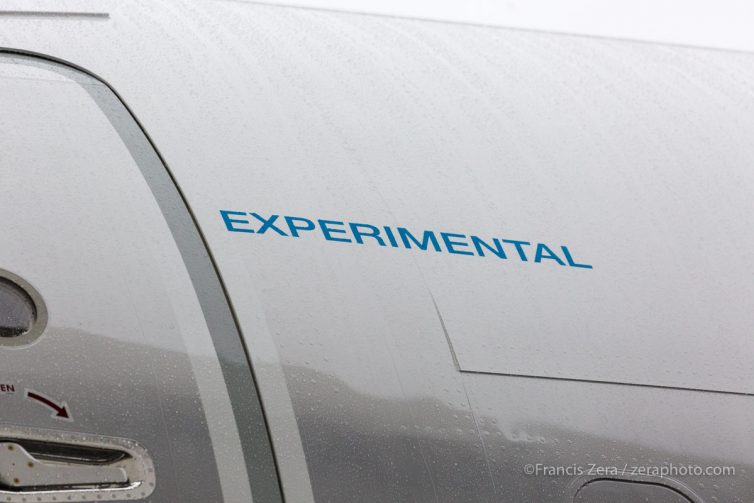
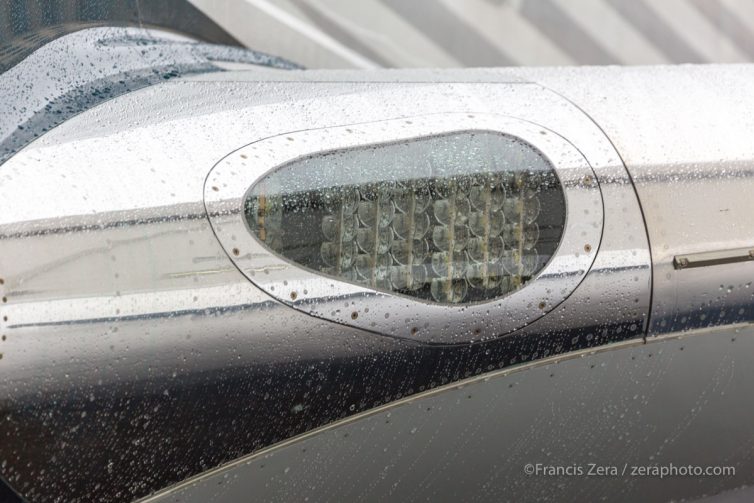
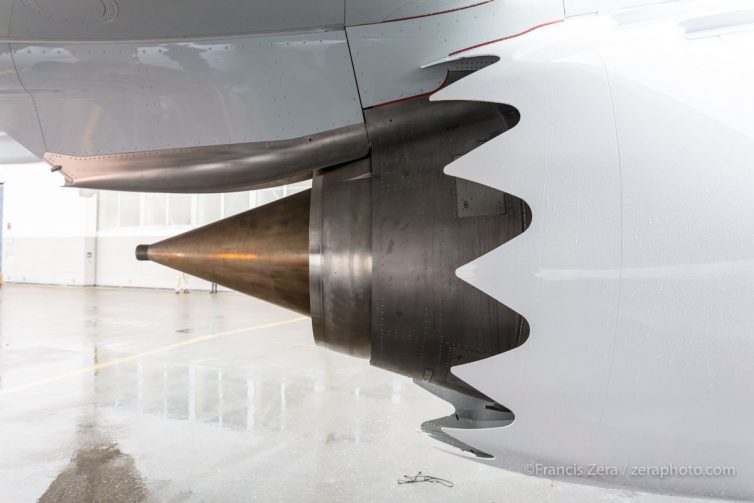
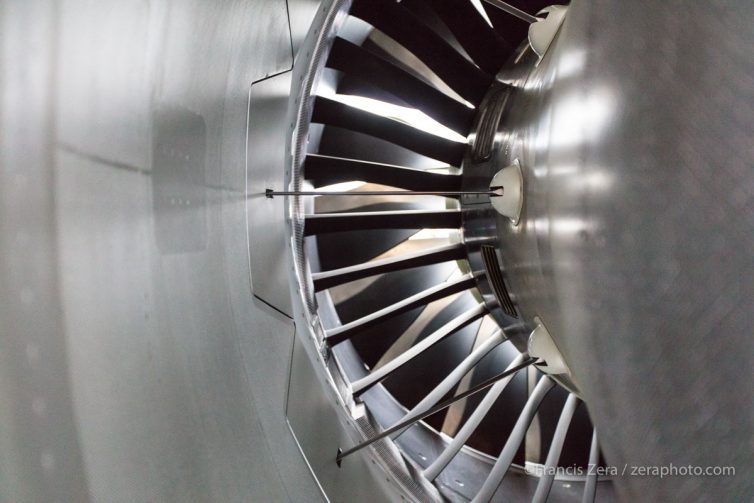
![ICE_737_MAX_8_9_vw035-2UP_PR-1112[1] Boeing illustration showing what the Boeing 737 MAX will look like with Icelandair livery.](https://www.airlinereporter.com/wp-content/uploads/2012/12/ICE_737_MAX_8_9_vw035-2UP_PR-111213-640x262.jpg)
